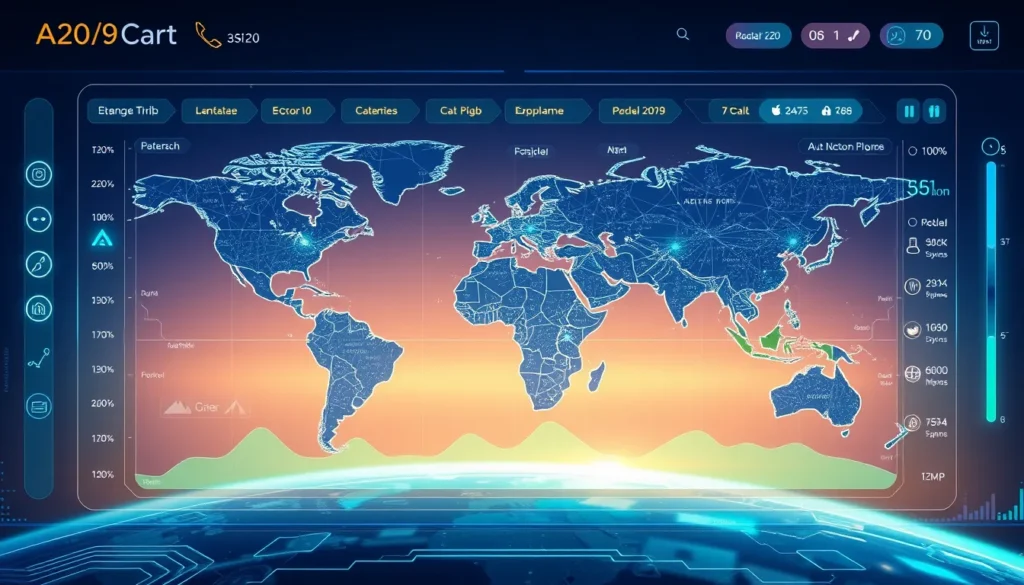Now Reading: Eco-Friendly AI: Balancing Innovation and Sustainability
-
01
Eco-Friendly AI: Balancing Innovation and Sustainability
Eco-Friendly AI: Balancing Innovation and Sustainability

Eco-Friendly AI: Balancing Innovation and Sustainability
In the digital age, concerns about the environmental impact of technology have grown dramatically. Recently, discussions have focused on two crucial aspects: the broader AI environmental impact and the specific metric of ChatGPT water consumption. As businesses and technology leaders strive for digital sustainability, it is essential to understand how innovations like OpenAI’s ChatGPT are managing resources. Read on as we explore data center water efficiency, sustainable cooling practices, and more.
Understanding the AI Environmental Impact
The AI environmental impact is a multifaceted subject that encompasses energy use, carbon emissions, and resource consumption. Although advanced technologies require massive computational power, recent insights highlight that digital operations are evolving through improved efficiency. Recently, OpenAI CEO Sam Altman noted that an average ChatGPT query consumes roughly one fifteenth of a teaspoon of water. This seemingly trivial amount provides a tangible metric to emphasize responsible resource consumption in AI systems.
The Significance of ChatGPT Water Consumption
ChatGPT water consumption might initially appear as an obscure statistic, yet it plays a critical role in discussions about digital sustainability. This metric illustrates that while each query uses only an extremely small quantity of water, the sheer volume of queries processed daily across data centers leads to a cumulative environmental footprint. By breaking down water usage to a per-query basis, consumers gain a clearer perspective on how everyday digital interactions translate to resource use.
AI Environmental Impact and ChatGPT Water Consumption in Focus
The dual concerns of AI environmental impact and ChatGPT water consumption are at the forefront of technological scrutiny. This section dives into the factors that contribute to digital efficiency and examines how even minute amounts, when scaled, demand significant attention. Tech companies are increasingly assessing their data centers, rethinking water usage, and adopting advanced cooling techniques to ensure that digital sustainability measures keep pace with innovation.
Data Center Water Efficiency and Digital Sustainability
Data centers are the heartbeat of digital services but also one of the largest consumers of water due to cooling requirements. Here are some key points regarding data center water efficiency:
- Modern data centers implement water recycling and reuse measures to minimize waste.
- Innovations in cooling technology help reduce the overall water footprint.
- Emphasis on digital sustainability drives investment in renewable energy and optimized infrastructure.
These points highlight the industry’s commitment to reducing environmental impact even in high-energy-demand contexts. Companies like OpenAI are not only focused on reducing energy costs but are also dedicated to sustainable practices that limit environmental degradation.
How Much Water Does a ChatGPT Query Use?
Delving into the specifics, the question remains: how much water does a ChatGPT query use? According to Altman’s discussion during a recent conference, each query requires an almost negligible fraction of water. However, when billions of queries are processed daily, the overall impact becomes significant, especially in regions facing water scarcity. Such detailed assessments underscore the need for further innovations and transparency in resource usage across the tech industry.
Sustainable Data Center Cooling Practices
Sustainable data center cooling practices form a cornerstone of digital sustainability efforts. Cooling systems are vital for maintaining optimal performance and protecting sensitive hardware. Some leading practices include:
- Utilizing advanced cooling technologies like liquid cooling and evaporative cooling.
- Implementing energy-efficient designs that reduce the reliance on water-based cooling.
- Continuously monitoring and optimizing water use to bridge the gap between efficiency and sustainability.
These practices not only reduce costs but also build a framework for long-term environmental stewardship within the data center industry.
Embracing Digital Sustainability for the Future
Digital sustainability is an evolving field. As AI continues to integrate more deeply into our lives, the focus on balanced resource use becomes imperative. Key strategies involve combining technological advancement with eco-friendly practices, such as minimizing water consumption and enhancing data center efficiency. Industry leaders are setting benchmarks for the ethical use of resources and establishing new standards for environmental responsibility in technology.
Conclusion
To sum up, the discussion around AI environmental impact and ChatGPT water consumption is a vital part of reshaping the future of digital innovation. Although the water used by each individual query is minimal, the aggregated environmental impact is substantial. By embracing sustainable data center cooling practices and enhancing water efficiency, technology companies like OpenAI are paving the way toward greener digital solutions. For more detailed information on sustainable practices, visit the official OpenAI website at https://openai.com.
This evolving narrative is a powerful reminder that technology must be designed with sustainability in mind. As both industry experts and environmental advocates continue to scrutinize AI usage, their collective efforts will help drive innovation that aligns with our planet’s ecological needs. Future advancements will likely integrate even more sophisticated resource management techniques, ensuring that digital progress does not come at an unsustainable environmental cost.

























